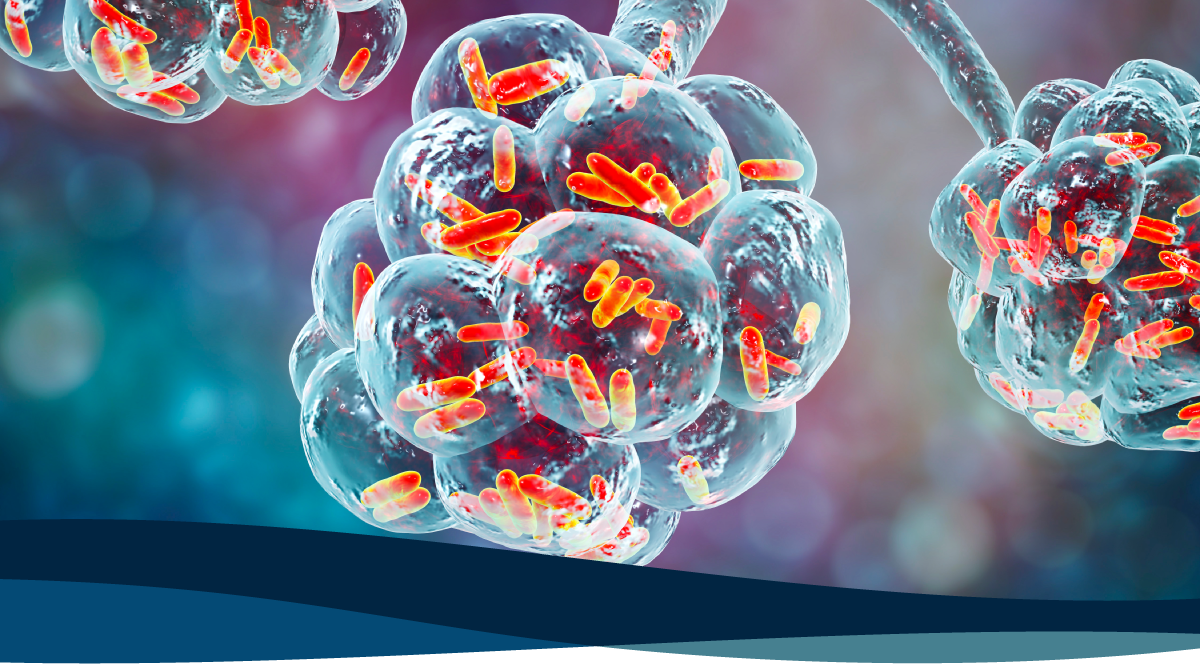
NSW Health are working with local health districts and councils to prevent the spread of Legionnaires’ disease after 12 diagnoses of the respiratory infection in the past weeks.1
Legionella bacteria is known to propagate within large buildings with cooling towers. Airborne water droplets allow the bacteria to enter the respiratory system of the building occupants. With a densely packed concentration of occupants and a lack of open windows, concern and attention are warranted when Legionella is detected in cities like Sydney.

After exposure to aerosols containing Legionella, the bacteria will reproduce within macrophages in the lung, causing their rupture and death. Legionnaires’ disease presents respiratory symptoms, fever, and chills. This may progress to a state of pneumonia, especially in vulnerable populations such as those with existing health conditions and the 10% of Sydney’s adults who are smokers.2
The timely and appropriate administration of antibiotics is essential for the best patient outcome. This relies on the rapid discrimination of respiratory candidates that share the patient’s clinical profile, but may be delayed by Legionnaires’ incubation period of up to 10 days and the patient’s care-seeking behaviour.
When differential diagnosis is time critical, TandemPlex® offers a rapid and reliable molecular multiplexed diagnostic workflow. Combining up to 40 gene targets on a single panel, clinicians can identify Legionella pneumophila and Legionella longbeachae in contrast to other bacterial candidates as well as viruses and fungi.
AusDiagnostics offers 4 TandemPlex® panels containing Legionella targets.
- Respiratory Pathogens B 16-well (REF 20612)
- Respiratory Pathogens C 16-well (REF 20613)
- Pneumonia 16-well (REF 20631)
- Atypical Pneumonia 8-well (REF 20632)
| Explore Panels |
| Be the first to receive AusDiagnostics updates: |
Join the conversation:
   
|

